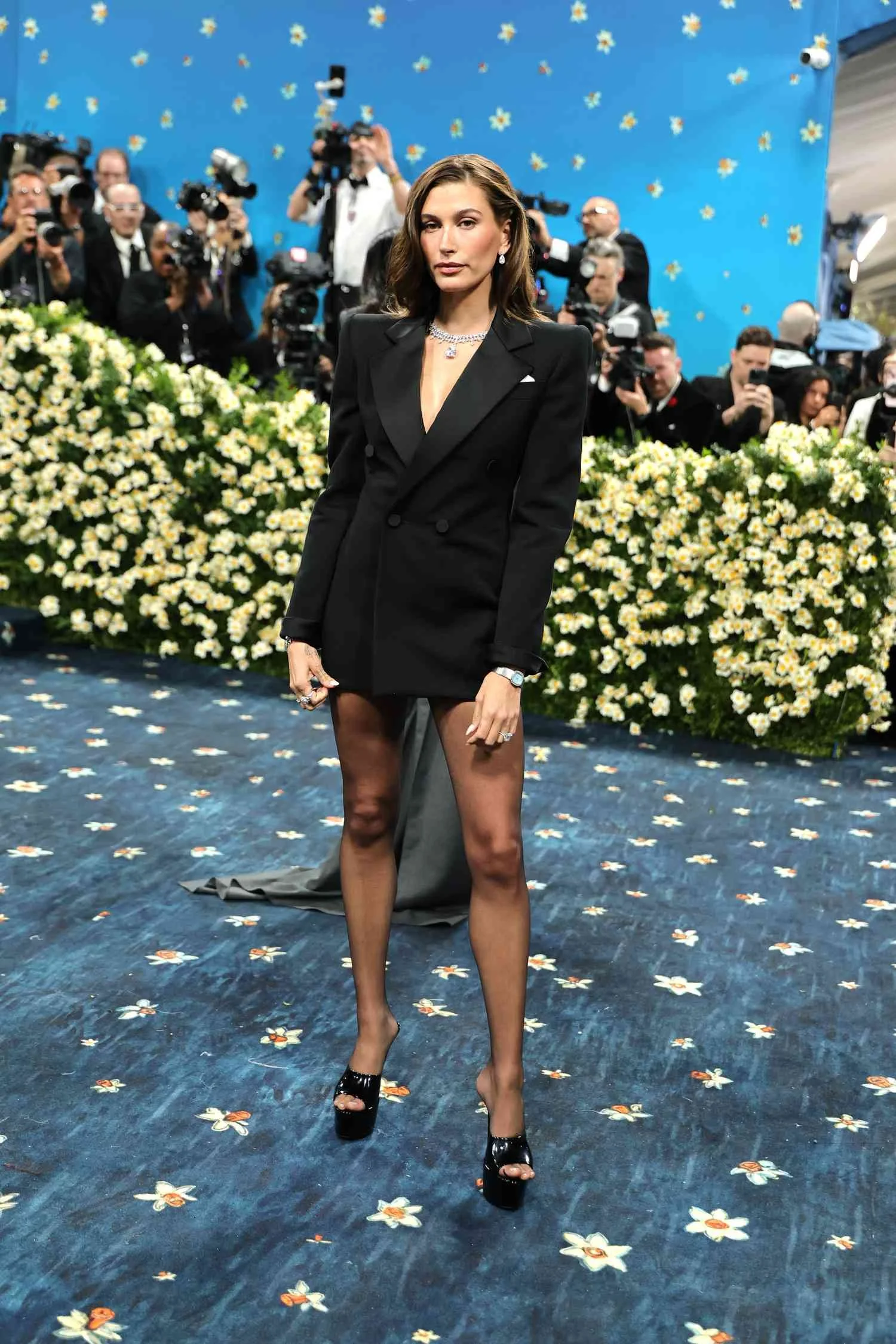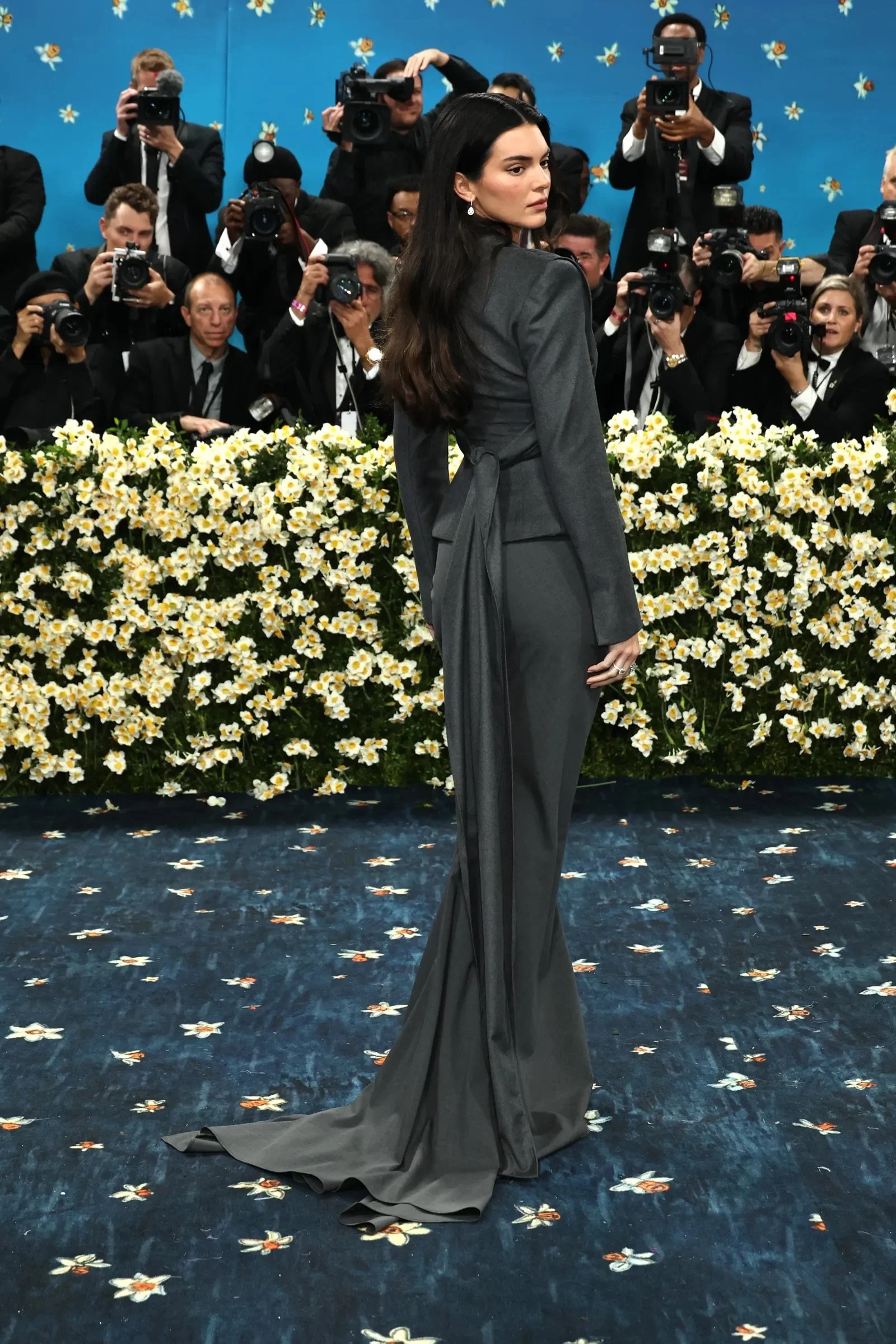Black Dandyism’s Hair Stories were Sparse at the Met Gala
While extravagant hats and headpieces were prominent accessories when Black dandyism began in the 18th century, hair also played a significant role in this fashion style. These hairstyles weren’t just for looks; they stemmed from a deep history of Black culture and resistance. So, why did we barely see this at this year’s Met Gala, which was themed, Superfine: Tailoring Black Style.
We saw many stunners and showstoppers who followed the theme, including Zendaya, Diana Ross, Colman Domingo, Lupita Nyong’o, Janelle Monáe, Lewis Hamilton, and many more. We also saw some problematic (and unimpressive) culturally appropriating looks, like Amelia Gray wearing a durag.
Top hats and headpieces served as accessories of empowerment. By law, women were once forced to wear head scarves made from West African textiles. As a form of resistance, these women then glamorized the head scarves with jewels, beads, and other fabrics. The tophat came soon after for both men and women, serving as a sign of wealth and reverence.
Dandyism was never a trend; over the decades, it has always been incorporated into Black culture and art. In the sixties, seventies, and eighties, artists like Parliament Funkadelic, James Brown, and Prince wore their own retro twists—jeweled headpieces, tailored suits, and eclectic hats. Before that, musicians like Josephine Baker and Billie Holiday embodied the style with opulence, elegance, and empowerment. Today, artists like Jidenna (who should’ve been front and center at the Met Gala this year) have mastered styling dandyism with modern elements.
For Black dandyism, hairstyles looked like kiss-curl bobs, precision fades, ponytails, architectural and slicked-updos, locs, and braids. We saw these looks on A$AP Rocky’s kiss-curl braids, Cardi B’s blown-out bob, Jeremy O. Harris’ curly updo, Doechii’s and Lauryn Hill’s afros, Ayo Edebiri’s and Quinta Brunson’s Josephine Baker-inspired kiss-curl short styles, and Doja Cat’s asymmetrical yet structural afro with a hint of braids.
While a few artists on the carpet designed by Cy Gavin and Raúl Ávila (Neytt by Extraweave) incorporated their hair into this year’s theme and rocked it, there were many who didn’t. Aside from the several striking hats and headpieces, many celebrities wore everyday hairstyles that were not cohesive with their looks.
Some incohesive hair versus outfit dynamics included Kendall Jenner’s middle-part straight look, Walton Goggins’ natural hair (he could’ve at least slicked it back), Danielle Deadwyler’s side-part microbraids (it was a charming style, just not for this), Precious Lee’s auburn-colored side-part style, and Hailey Bieber’s hairstyle that she wears daily. Although most of these celebrities are not Black, I definitely expected more hair-wise (in a non-culturally-appropriating way).
In addition to many of the pieces, hairstyles also seemed safe. I hoped to see more fun and playful elements in the concept of hair in Black dandyism; think Halle Berry and Natalie Desselle in B.A.P.S. or Eddie Murphy and Angela Bassett in Vampire in Brooklyn. Whatever next year’s theme may be, I hope celebrities’ hairstyles tell a story as much as the outfit does.





